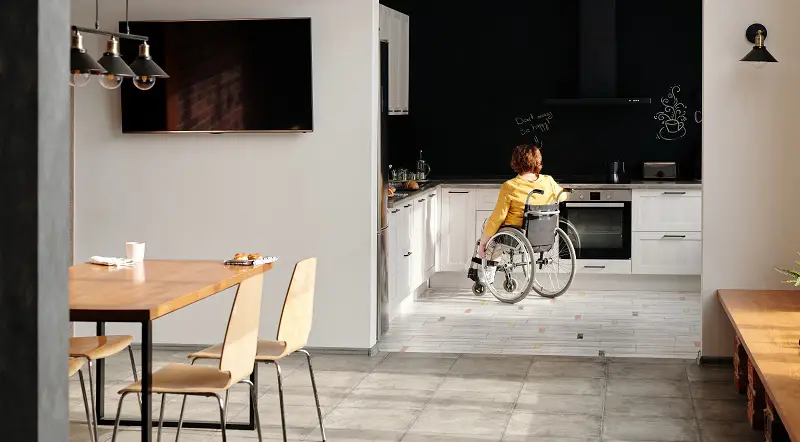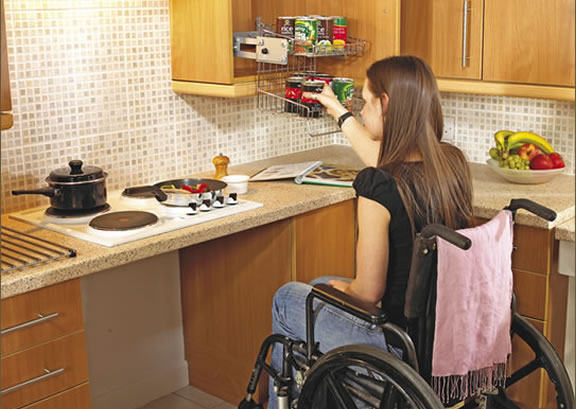Making your home more accessible is an important part of creating a safe and comfortable living environment for everyone in your family. Whether you’re a senior looking to age in place, a person with a disability, or a family with young children, there are many modifications you can make to your home to make it more accessible and accommodating. Here are a few tips to help you get started.
1. Install Ramp Access
Installing a ramp at the entrance of your home is an important modification for making your home accessible. This will help anyone who uses a wheelchair, walker, or electric scooter to enter and exit your home with ease. When installing a ramp, make sure it has the proper slope and the right amount of traction for safety.

Image Source: Google
2. Update Your Bathroom
Bathrooms can be challenging for people with limited mobility. To make your bathroom more accessible, consider installing grab bars and a detachable showerhead. You may also want to look into a transfer bench, which is designed to help people transfer from a wheelchair to the bathtub with ease.
3. Invest in Adaptive Furniture
Adaptive furniture can be a great way to make your home more comfortable and accessible. Consider investing in adjustable beds and chairs that can be adjusted to the perfect height and position to suit your needs. You may also want to look into furniture with built-in support and stability features.

